Congestion cinema: New doc explores the destructive history and uncertain future of the BQE
'We sometimes feel like the highway’s been there forever, it’s like a mountain.'
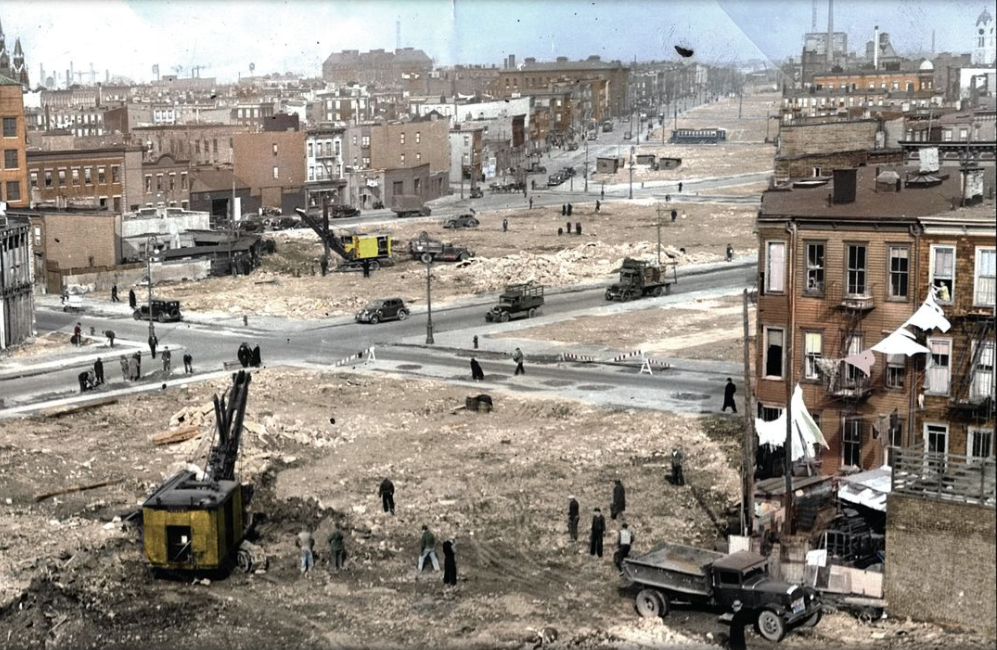
New York City has a car problem, and lately, most of our ire has (rightly) been directed toward Kathy Hochul’s unceremonious murder of congestion pricing in lower Manhattan. But please, won’t you spare a thought for how deeply the BQE also sucks?
At this point, the majority of New Yorkers have never known life in the city without the Brooklyn-Queens Expressway, the highway that slices through and rattles overhead large chunks of, you guessed it, Brooklyn and Queens (work on the highway was completed in 1964, and yes, it was a Robert Moses joint). But there was in fact a time before entire outer borough neighborhoods were choked and chopped up by a crumbling freight highway.
“They were vibrant, predominantly immigrant communities, and bustling centers of commerce,” said Tiffany-Ann Taylor, vice president for transportation at the Regional Plan Association.
“What we have now is some of those neighborhoods where they’re either literally in the shadows of the BQE — in some instances streets are physically cut off from the grid and then continue on the other side of the highway,” she said. “What used to be a two-minute walk through the neighborhood is now a 25-minute walk around a really busy intersection.”
The roadway’s history has now been chronicled in The Story of the BQE, a documentary made by architect and urban planner Adam Paul Susaneck as part of his ongoing Segregation By Design project looking at the destructive history of mid-century “urban renewal” projects and ongoing efforts to remedy their damage. The movie was also produced by The Institute for Public Architecture, a city-based organization working to “address social, physical, and environmental inequities in the city,” in collaboration with the NYU Schack Institute of Real Estate.
“Nothing really existed out there that was kind of a comprehensive visual representation of its construction and destruction of neighborhoods,” IPA executive director Janet Fink said.
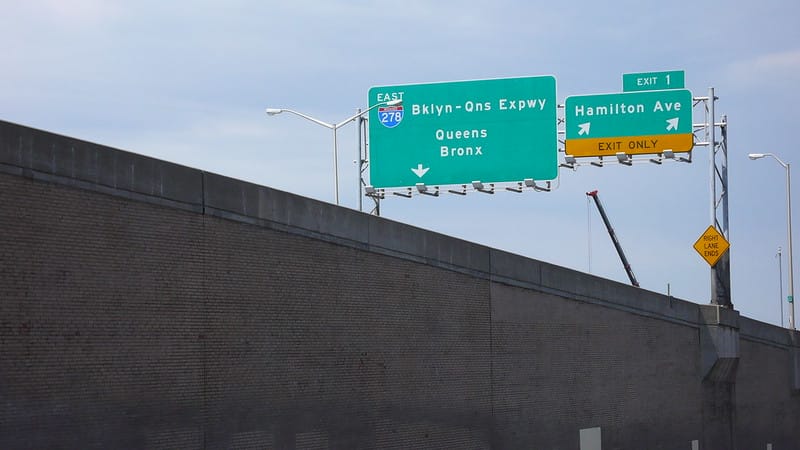
The look back at the highway’s history, which uses archival footage and photography to tell the roadway’s brutal story of displacement and neighborhood destruction, is happening amid increasingly urgent questions about the road’s future. Its more-rickety-by-the-day infrastructure has been a cause of civic concern for years now, a problem that may be made even worse by Hochul’s abrupt reversal on congestion pricing, which could mean no end in sight to the heavy traffic that pummels our roadways daily.
“What does congestion pricing really mean now if there’s an indefinite pause?” Taylor asked. “[If] it will be business as usual, we will get to a tipping point faster than any of us had ever anticipated.”
In other words, if a highway already buckling under the weight of daily freight traffic won’t be getting a planned decrease in daily wear and tear, things are going to keep getting worse, and more quickly. Not a good development given that the Adams administration most recently said improvement work won’t begin until 2028.
But some questions about the BQE’s future also veer a little more ambitious and optimistic than simply asking: “How do we keep this massive highway from collapsing onto people?”
“There have been a number of proposals over time, and design options have changed from ‘here’s a very technical standard engineering way of doing things,’ all the way to completely reducing the roadway and turning it into a green space connected to Brooklyn Bridge Park,” Taylor said.
The IPA solicited some of these proposals from its biennial design fellowships and presented them in last year’s The BQE 2053 exhibit, part of a four-year-long focus on innovative ways to address the 35-mile concrete nuisance.
“The relationship between that and [the documentary] is that we’re continuing to raise awareness of these issues, and really feel now is the perfect time to reimagine the BQE,” Fink said. “It’s been over 70 years since it was built, it’s crumbling, it’s going to cost a fortune to repair it, and we need to think about the kind of city we want to live in [30 years from now].”
For their part, the RPA is advocating for the BQE to not just be repaired, but to be reduced in size.
“At the end of the day the highway structure needs to be rehabilitated, and we frankly don’t think it needs to be the size it is today,” Taylor said. “We also still support congestion pricing and are advocating for it to go through.”
This gets at an important point here, which is that the nationwide problem of our aging 20th-century infrastructure also presents a possibility to consider that better things are actually possible.
“What’s happening to other Robert Moses-era infrastructure in the state?” asked Taylor. “Where is the money going, and how are we thinking about connectivity and mobility, and [are those choices] an example we want to have?”
Getting the community involved
The BQE documentary itself won’t be screening again until the fall — time and location still TBD, sorry cinephiles and transit-heads — but as part of an ongoing yearlong process, the IPA is working with two former StoryCorps producers to collect intergenerational audio interviews with community members with stories of living or growing up near the highway; anyone interested in participating can reach out to info@the-ipa.org.
“Part of this is creating opportunities to hear what people envision for the future,” said Fink. “We sometimes feel like the highway’s been there forever, it’s like a mountain. The more we talk about it, the more comfortable people are going to get with the idea that we can have some agency over what our neighborhoods could be.”

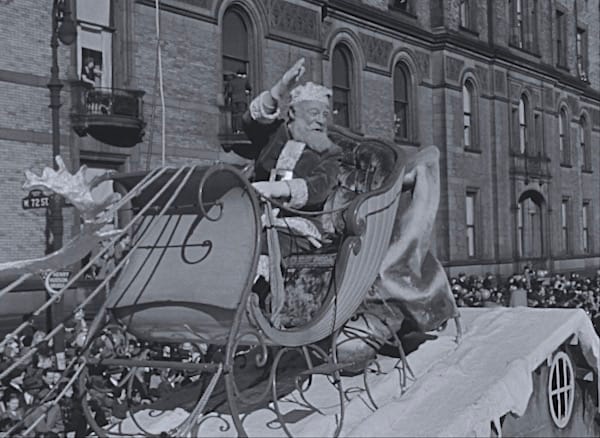
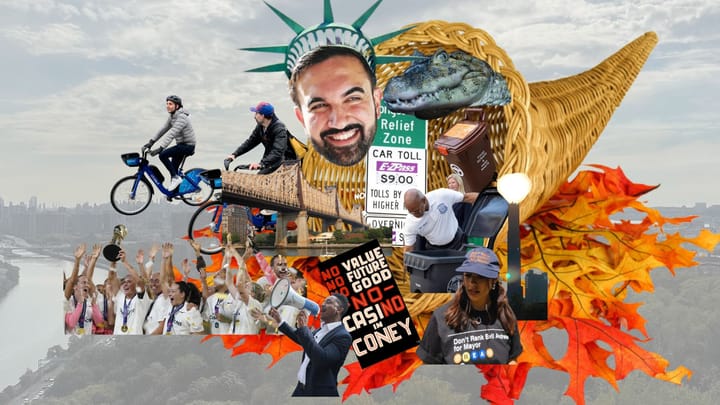
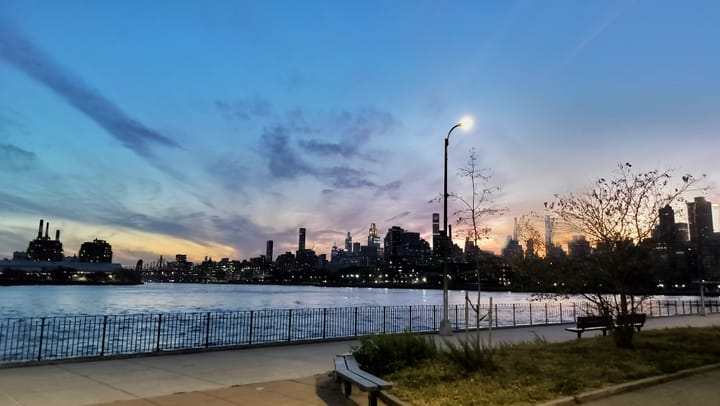
Comments ()